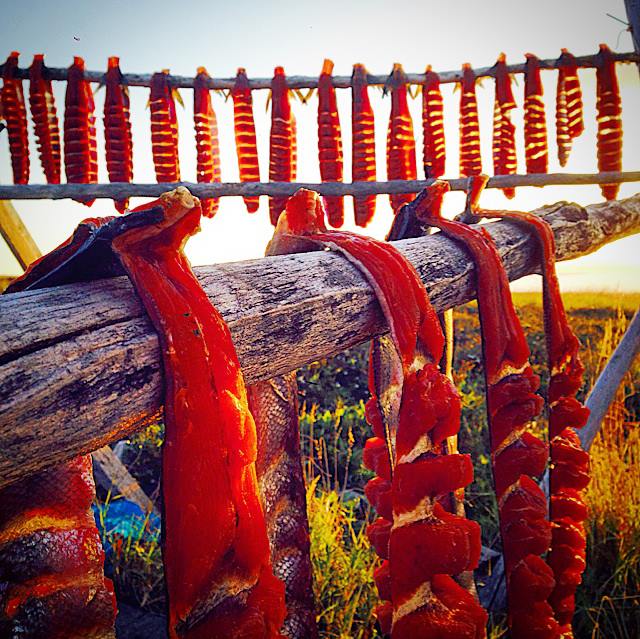This week:
The solution to invasive species: eat them! Planting a 100-year forest study; and a hexapod transport robot reminiscent of DocOc from Spiderman.
You hear a lot about invasive species on land and sea, and how, lacking competition and predators, they expand their numbers exponentially. For some, this presents an opportunity, rather than a drawback – a chance to acquire new foods for restaurants. One particular of this is the lionfish, a beautiful fish that is a pest in the caribbean sea. Instead of throwing up their hands, restaurants have for the past few years put this fish on the menu, calling the taste “a cross between lobster and Chilean Sea Bass”. This unique response to invasive species is working – lionfish have reduced in size and number due to fishing increases, especially in well-scuba’d areas, like coral reefs and shallow waters.
Forests are generally well studied, given our exposure to trees for many thousands of years. But one thing that has not been done is to study a forest’s growth over depleted cropland from initial planting to full growth – though that’s exactly what the Smithsonian has started doing in Edgewater, Maryland. Scientists and volunteers planted over 24,000 saplings into 120 different grid squares, beginning what is planned to be a 100 year study. Yes – 100 years, meaning those that are planting the trees do not plan to be around for the final results. That said, preliminary results are expected in just a few years, as part of the study is how the plants change the land around themselves as they grow!
Science fiction fans have seen their share of robotic transport – whether the giant mechs of Anime or smaller devices, like DocOc’s robotic arms in the Spiderman comics. Dreams of giant robots with human pilots are now realized, with the Mantis – a two-ton, six legged walker designed and built by Matt Denton. Denton is a hexapod enthusiast, and has scaled up his smaller models to make this human transporter a reality. Though the Mantis is slow, it can traverse uneven ground, and may be the starting point for rescue, supply, or bomb disposal missions in the future.






